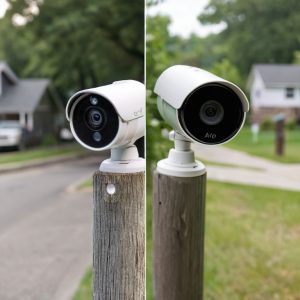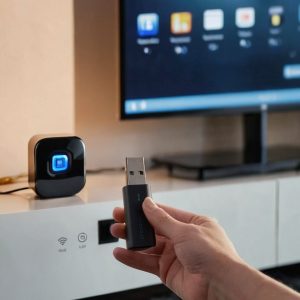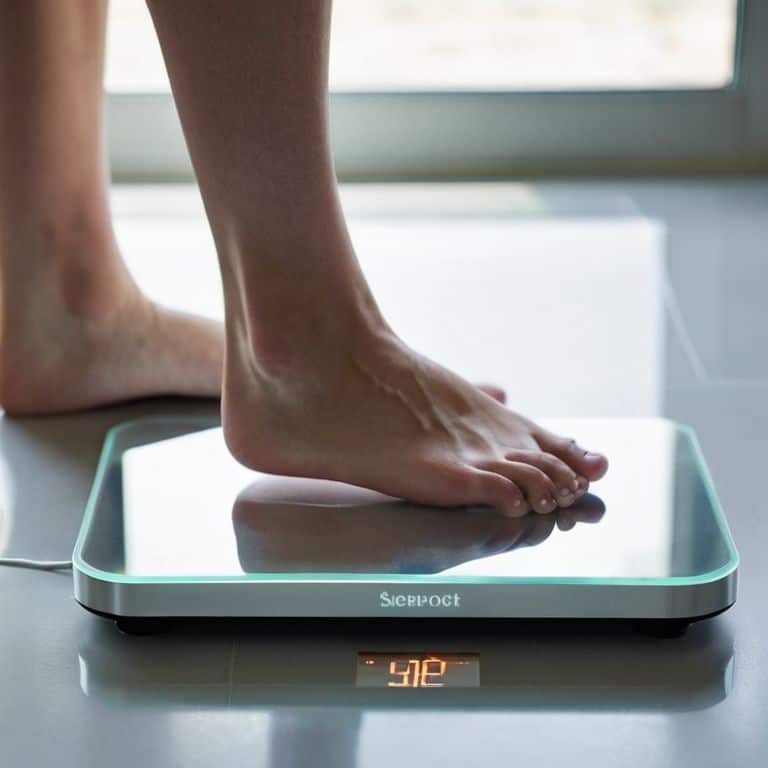I still remember the first time I used a smart scale to track my body fat percentage. I was amazed by how it could give me an accurate reading, and I wondered how do smart scales measure body fat? As a former competitive cyclist and now a personal trainer, I’ve seen my fair share of fitness gadgets, but smart scales really caught my attention. They use a technology called bioelectrical impedance analysis to give you a precise measurement of your body fat. But what really gets me excited is the potential of these scales to demystify health data and make it more accessible to everyone.
As someone who’s passionate about using technology to build healthier lives, I want to cut through the hype and give you the lowdown on how smart scales really work. In this article, I’ll share my personal experience with smart scales, and provide you with honest, data-driven advice on how to get the most out of them. I’ll explain the science behind bioelectrical impedance analysis, and give you tips on how to choose the right smart scale for your needs. My goal is to empower you with the knowledge to make informed decisions about your health, and to help you reach your fitness goals with the help of technology.
Table of Contents
Smart Scales Uncovered
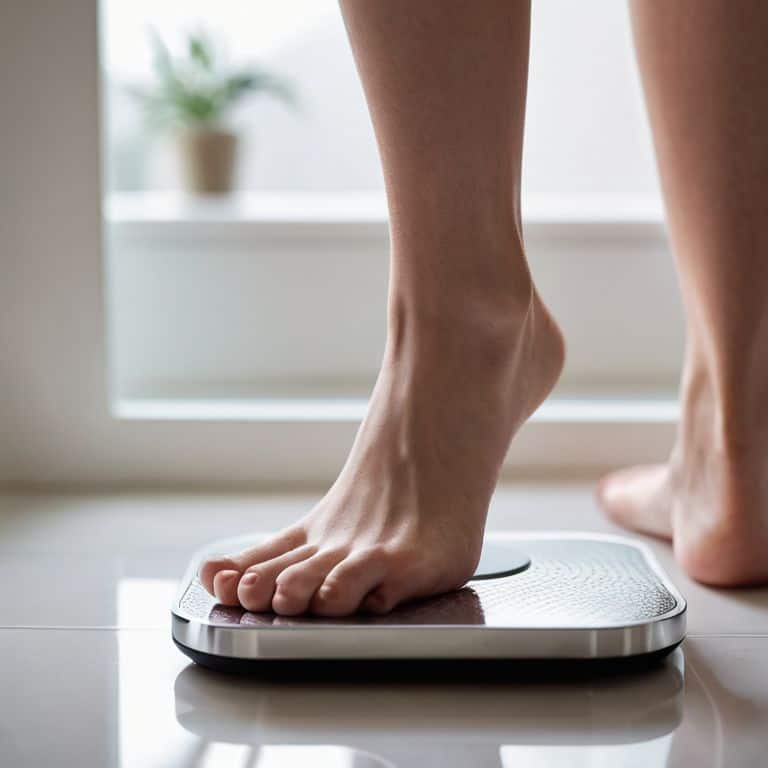
As I delved into the world of smart scales, I was fascinated by the body composition analysis methods they employ. It turns out that these devices use a technology called bioelectrical impedance analysis to estimate body fat percentage. This method sends a small electrical current through the body and measures the resistance it encounters. The more resistance, the more body fat you have.
But what really caught my attention was the smart scale calibration process. It’s essential to calibrate your smart scale correctly to get accurate body fat measurement techniques. A well-calibrated scale can provide valuable insights into your body composition, helping you track your progress and make data-driven decisions. I’ve seen many people overlook this step, but trust me, it’s crucial for getting the most out of your smart scale.
When it comes to bioelectrical impedance analysis devices, there are different types to consider. Some smart scales use a single frequency, while others use multi_frequency bioelectrical impedance for more accurate readings. As someone who’s passionate about data-driven fitness, I appreciate the attention to detail that these devices bring to the table. By understanding how to interpret smart scale data interpretation, you can gain a deeper understanding of your body and make informed decisions to reach your health goals.
Calibrating for Accuracy Smart Scale Secrets
To get the most out of your smart scale, it’s essential to understand the importance of calibration. This process ensures that your scale is giving you accurate readings, which is crucial for tracking progress over time. I’ve found that calibration can make a significant difference in the accuracy of body fat measurements, and it’s often overlooked by users.
When it comes to calibration, consistency is key. You should calibrate your scale at the same time every day, under the same conditions, to get the most accurate readings. This will help you track changes in your body composition over time and make adjustments to your fitness routine as needed.
Squeezing the Truth Bioelectrical Impedance Analysis
As I dug deeper into the world of smart scales, I was fascinated by the technology behind them. Bioelectrical impedance analysis is the key to unlocking accurate body fat readings. This method sends a small electrical current through your body, measuring the resistance it encounters.
The accuracy of the reading depends on various factors, including the quality of the scale and your own body composition. I’ve found that high-end smart scales can provide remarkably consistent results, giving you a reliable benchmark to track your progress over time.
How Do Smart Scales Measure Body Fat

When I’m training for a marathon, I need to keep a close eye on my body composition to ensure I’m fueling my body for optimal performance. That’s where smart scales come in – they use bioelectrical impedance analysis to give me an accurate reading of my body fat percentage. But have you ever wondered how this technology actually works? It’s pretty fascinating – the scale sends a small electrical current through my body, measuring the resistance it encounters.
As I’ve tested various smart scales, I’ve learned that calibration is key to getting an accurate reading. The smart scale calibration process involves setting a baseline for my body’s unique electrical properties, allowing the scale to provide a more precise measurement of my body fat. I’ve found that high-end smart scales often use multi-frequency bioelectrical impedance to take multiple readings at different frequencies, resulting in a more comprehensive picture of my body composition analysis.
By using accurate body fat measurement techniques, I can track my progress over time and make data-driven decisions about my training and nutrition. It’s amazing to see how smart scale data interpretation can help me optimize my performance and reach my goals. Whether I’m running a marathon or just trying to stay healthy, I rely on my smart scale to give me the insights I need to succeed.
Decoding Data Smart Scale Interpretation Tips
When it comes to deciphering the numbers on your smart scale, it’s essential to understand what each metric means. Accurate tracking is crucial to making informed decisions about your health and fitness goals. By monitoring your progress over time, you can identify patterns and make adjustments to your routine as needed.
To get the most out of your smart scale, focus on trend analysis rather than individual readings. This will help you see the bigger picture and make more meaningful connections between your lifestyle habits and body composition. By doing so, you’ll be able to optimize your approach and achieve your goals more efficiently.
Multi Frequency Magic Advanced Body Composition
As I delve into the world of advanced body composition analysis, I’m excited to share with you the multi-frequency technology that’s taking smart scales to the next level. This innovation allows for a more detailed breakdown of body fat, muscle mass, and even bone density, giving you a comprehensive understanding of your overall health.
By utilizing bioelectrical impedance spectroscopy, these advanced smart scales can send multiple frequencies through your body, providing a more accurate reading of your body composition. This technology is a game-changer for those looking to track their progress and make data-driven decisions to achieve their fitness goals.
Measuring Up: 5 Key Tips to Understand How Smart Scales Measure Body Fat
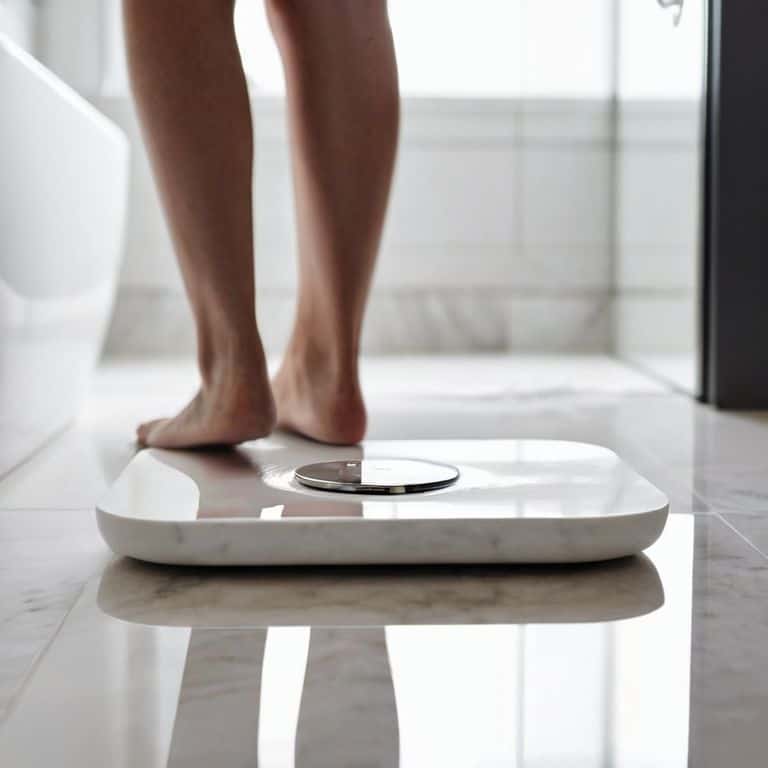
- Understand the Technology: Familiarize yourself with bioelectrical impedance analysis to grasp how smart scales calculate body fat
- Consistency is Key: Weigh yourself at the same time daily to ensure accurate and comparable readings
- Calibrate for Success: Follow the manufacturer’s calibration instructions to ensure your smart scale provides precise measurements
- Decode Your Data: Learn to interpret the metrics provided by your smart scale, including body fat percentage, muscle mass, and bone density
- Track Progress, Not Perfection: Use your smart scale as a tool to monitor progress towards your fitness goals, rather than obsessing over daily fluctuations
Key Takeaways for Accurate Body Fat Measurement
Smart scales use bioelectrical impedance analysis to measure body fat, providing an accurate reading by sending a small electrical current through your body
Advanced smart scales often utilize multi-frequency technology for more precise body composition analysis, including measurements of muscle mass, bone density, and visceral fat
Effective use of smart scales requires understanding how to interpret the data they provide, including tips such as taking measurements at the same time daily, under similar conditions, to track progress and make informed decisions about your fitness and health goals
The Power of Precision
A smart scale isn’t just about weighing yourself, it’s about unlocking the secrets of your body composition – and with bioelectrical impedance analysis, you can get an accurate reading of your body fat percentage, helping you make informed decisions to reach your fitness goals.
Leo "Max" Maxwell
Conclusion: Weighing the Truth
As we’ve explored the world of smart scales and their ability to measure body fat, it’s clear that technology has come a long way. From bioelectrical impedance analysis to multi-frequency measurements, these devices offer a wealth of information to help us track our progress and reach our health goals. By understanding how smart scales work and what their data means, we can make informed decisions about our fitness routines and nutrition plans. Whether you’re a seasoned athlete or just starting out on your wellness journey, smart scales can be a powerful tool in your arsenal.
So, the next time you step on a smart scale, remember that it’s not just about the number on the screen – it’s about the story your data tells. It’s about using that information to fuel your motivations, to push yourself harder, and to celebrate your successes. As someone who’s passionate about helping others use technology to build healthier, more active lives, I believe that smart scales can be a game-changer. So, go ahead, take the first step, and let the data guide you towards a stronger, healthier you.
Frequently Asked Questions
Do smart scales provide accurate body fat measurements for people with different body types?
As a personal trainer, I’ve seen smart scales deliver surprisingly accurate body fat readings across various body types. While individual results may vary, most high-end smart scales use advanced algorithms to account for differences in muscle mass, bone density, and body composition, making them a reliable tool for tracking progress and achieving fitness goals.
Can smart scales measure body fat percentage in addition to weight and other health metrics?
Yes, smart scales can measure body fat percentage, in addition to weight and other health metrics, using bioelectrical impedance analysis. This technology sends a small electrical current through your body to estimate fat mass and lean mass, providing a comprehensive picture of your health.
How often do I need to calibrate my smart scale to ensure accurate body fat readings?
To keep your smart scale accurate, I recommend calibrating it every 1-3 months, or when you notice a significant change in your weight or body composition. You should also recalibrate after moving the scale or replacing the batteries. Trust me, it’s worth the extra step to get reliable body fat readings and track your progress with confidence!

